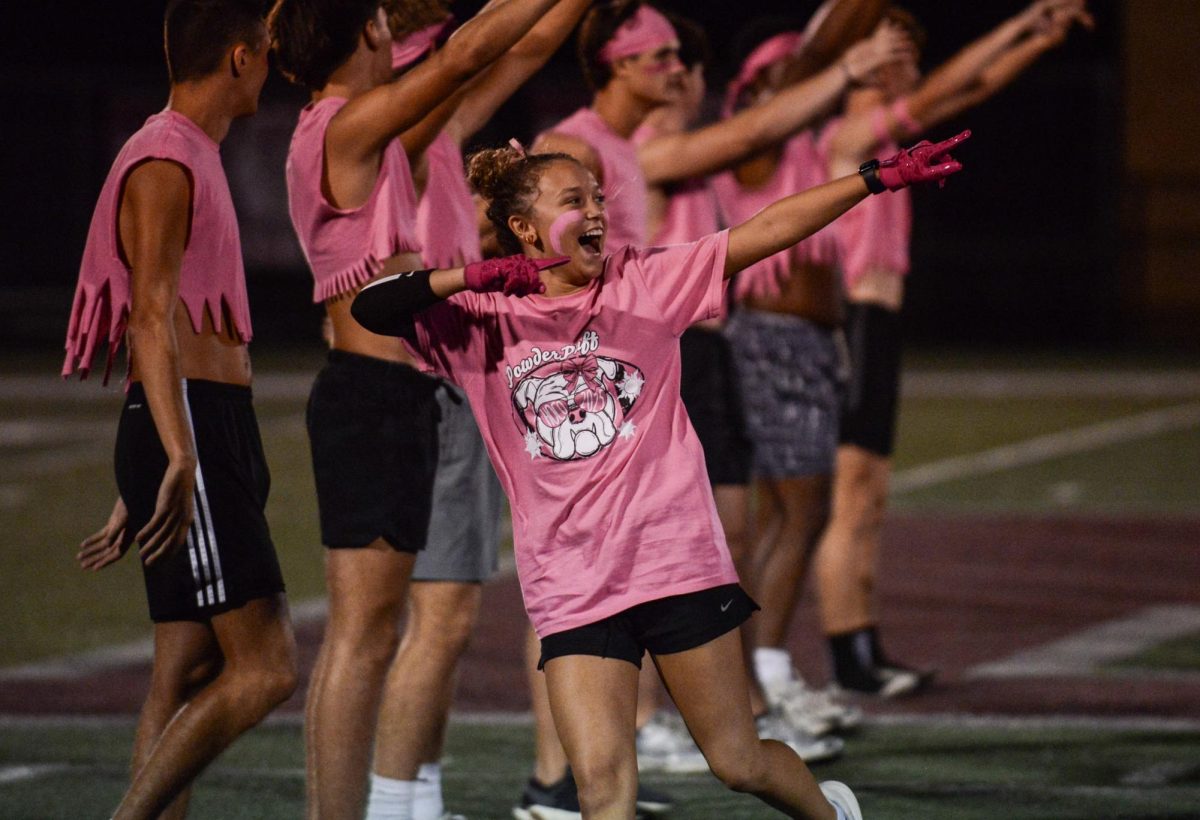The coming of autumn marks a time of leaves falling from trees, a nip returning to the air, and pumpkin spice everything; a time of festivity and coziness. But for university-bound seniors, the time also marks prime college application season. This season can be one of stress, excitement, and confusion. Students should be aware and in control of all of the variables that go into their application in order to have the best possible outcomes. For any frenzied seniors, here is a survival guide to the college application process, outlining the necessary steps for a successful admissions season.
Important Dates
Most colleges offer a few different plans for application timelines, including early decision, early action, and regular decision. Students will have the chance to apply on a timeline that works best for them.
Early decision applications are typically due during the beginning of Nov., and students will learn their acceptance status around mid-to-late Dec. But, by applying for early decision, an applicant is making a commitment to attend that college if they are accepted.
Early action comes in a few different forms. There are general, restrictive, and single-choice versions of this application method. Restrictive and single-choice early action applications can limit a student’s options for admissions plans to other universities, so it is important to be aware of what form of early action a college is offering. Early action deadlines tend to fall in early Nov. and gives students the opportunity to learn their acceptance status early, between Dec. and Jan. Early action applications are not commitments like early decision is. Not all colleges offer early action.
The portal for regular decision applications typically closes around Jan., with admission statuses released in March or Apr.
Common App
Common App is the most widely-utilized hub for college applications. Users will form a profile containing background information about themselves, their grades and extracurricular activities, a personal essay, etc. Applicants will also add the specific colleges they plan on applying to on their “My Colleges” tab within the app. Common App also allows users to research colleges and learn more about financial aid.
While most colleges accept common applications, others use different channels. It is important for college hopefuls to check their university’s website to see where they accept applications.
Individual College Requirements
Even though a common application works as a generalized profile for most universities, colleges will sometimes have extra implements that are specific to their application. This can come in the form of an additional essay or a resume. Certain majors can also have extra assignments; for example, a future architecture major may have to submit a portfolio of their sketches. Students can find these supplements when going through their individual applications for each college on the Common App.
Personal Essays
Common applications offer students a choice of seven essay prompts to choose from, each with a word requirement of 250-650. The essay questions ask about an applicant’s personal experiences, challenges, or beliefs. Certain schools may require an extra essay that is more individualized to their university.
Letters of Recommendation and Other Documents
While the number of required or optional recommendation letters a student can have varies from school-to-school, it is always a good idea to submit some. RHS uses Schoolinks for official letter requests. To ask a Rolla Public Schools teacher or a staff member, a student would need to sign into their Schoolinks account and find the tab that allows for a request. To ask someone who does not work within the Rolla school system, a student would need to make the request through Common App. But students should always ask their recommenders if they would be willing to write a letter in-person before they send out a digital request.
Documents, like a RHS report card, can be requested on Schoolinks. To receive an official transcript for any college credit through dual enrollment, students will go to the college’s website and request the document.
Financial Aid
There are multiple forms of financial aid available to upcoming college students. Students can receive aid in the form of merit or need-based scholarships.
The Free Application for Federal Student Aid (FASFA) is a highly important document when it comes to need-based aid. The form will open by Oct. 1 and will demonstrate financial need to schools. The form will determine how much federal assistance a student is eligible to receive.
College Board’s College Scholarship Service Profile (CSS) determines how much non-federal aid a school can grant to a student. The profile will open Oct. 1. Not all colleges utilize the CSS Profile; the form is mainly used in private, high-achieving universities.
Students can apply for merit-based scholarships on websites like Scholarships.com, Going Merry, Scholly, and College Board. These sites provide a personalized list of available scholarships. Local scholarships will begin to open closer to the second semester.
Conclusion
There is a seemingly endless list of components and decisions that go into a college application. But by taking the process one step at a time, and remembering to breathe, students can navigate their way to college. Good luck and happy application season!









